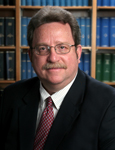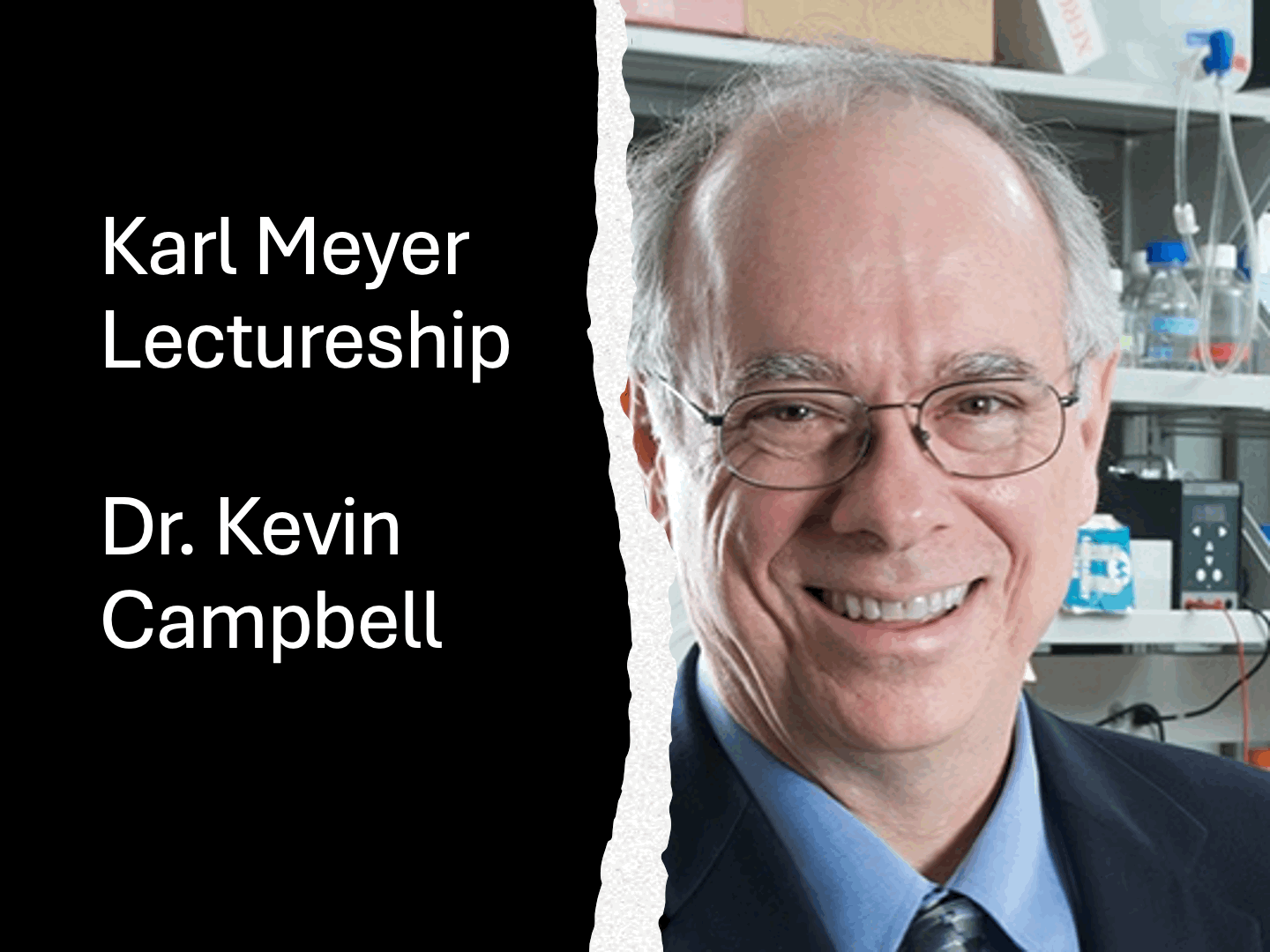2008 Karl Meyer Award
The President of the Society is honoured to announce that the 2008 Karl Meyer awardee is:
 Richard D. Cummings, Ph.D. Richard D. Cummings, Ph.D.
William Patterson Timmie Professor and Chair
Department of Biochemistry, Emory University School of Medicine
The breadth of accomplishments of Dr. Cummings in animal glycobiology span nearly 30 years and a publication list of over 175 peer-reviewed manuscripts. Early studies by Dr. Cummings focused on the binding specificity of plant lectins and their use in purifying glycoproteins that contain specific carbohydrate structures. Subsequent studies used Griffonia simplicifolia lectin IB4 that binds α1,3-galactose residue for the expression cloning of the cDNA encoding α1,3-galactosyltransferase, in collaboration with John Lowe. This was the first report of expression cloning of a glycosyltransferase. Dr. Cummings extended his studies to the animal lectins, including galectins and P-selectin and their corresponding ligands. In collaborative studies with Roger McEver, Dr. Cummings showed that PSGL-1was the major P-selectin counter-receptor and identified sialyl Lewis X on core 2 O-glycans in combination with tyrosine sulfates as the essential structural elements on P-selectin ligands. The Cummings lab expanded these studies by synthesizing the peptide backbone of PSGL-1 and adding a sulfate group and sialyl Lewis X core 2 O-glycans and determining ligand activity for the carbohydrate-binding protein.
In extended studies on mucin-type O-glycan synthesis, the Cummings lab purified and cloned the β1,3-galactosyltransferase (core 1 synthase) that forms the Galβ1,3GalNAc structure. He showed that expression of this galactosyltransferase requires a molecular chaperone, termed Cosmc. This was the first report on a chaperone for a glycosyltransferase and represents a landmark discovery in glycobiology. The Cummings lab then showed that Tn syndrome is caused by somatic mutations in Cosmc rather than in the galactosyltransferase gene itself and that the overexpression of sialyl Tn and Tn in tumor cells is also due to somatic mutations in the Cosmc gene. Thus the Cummings lab has made a series of major findings concerning the structure, biosynthesis, and function of mammalian glycoconjugates.
Dr. Cumming's versatility is evident by his work with multiple species, ranging from C. elegans to human parasites to mice and humans. In a series of elegant studies he has applied his broad knowledge of glycobiology to the parasitic organism that causes schistosomiasis and has defined novel oligosaccharide structures and biosynthetic pathways that are helping to explain the immunologic reactions to this infectious agent.
Beyond his scientific contributions, Dr. Cummings has been a mentor to many students and post-doctorate trainees. He has served as President of the Society for Glycobiology as well as chair of the Gordon Conference on Glycobiology. He has been a member of a number of NIH study sections, editor for a number of scientific journals, co-editor of the key reference text in the field, Essentials of Glycobiology, and is well regarded as one of the top spokesmen for the field of glycobiology. Most recently his leadership skills along with his scientific expertise were recognized by his appointment as Chair of Biochemistry at Emory. The span of the fundamental work and outstanding contributions to glycobiology by Dr. Richard Cummings is being recognized through his selection as the recipient of the 2008 Karl Meyer Award by the Society for Glycobiology.
|

 Richard D. Cummings, Ph.D.
Richard D. Cummings, Ph.D.